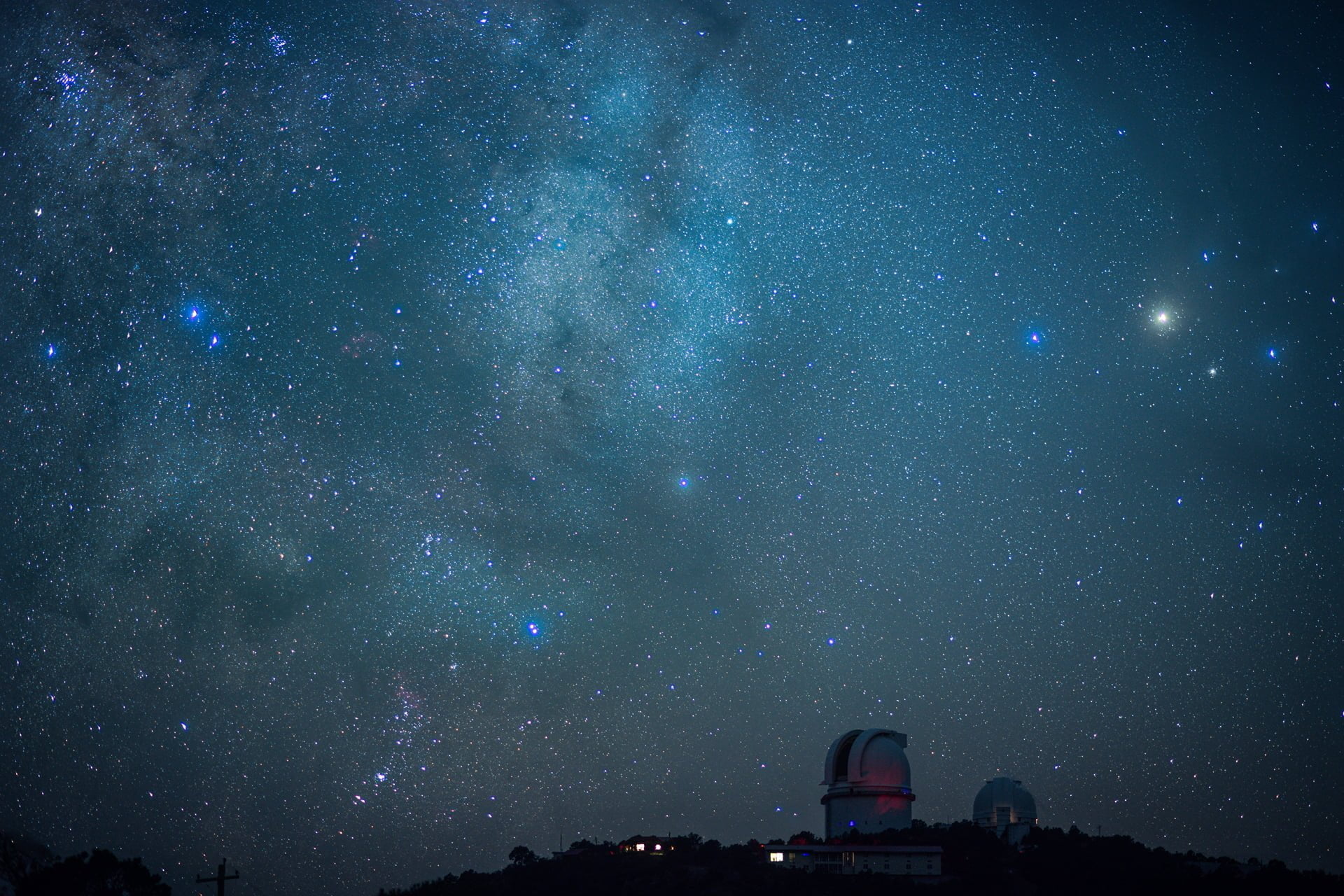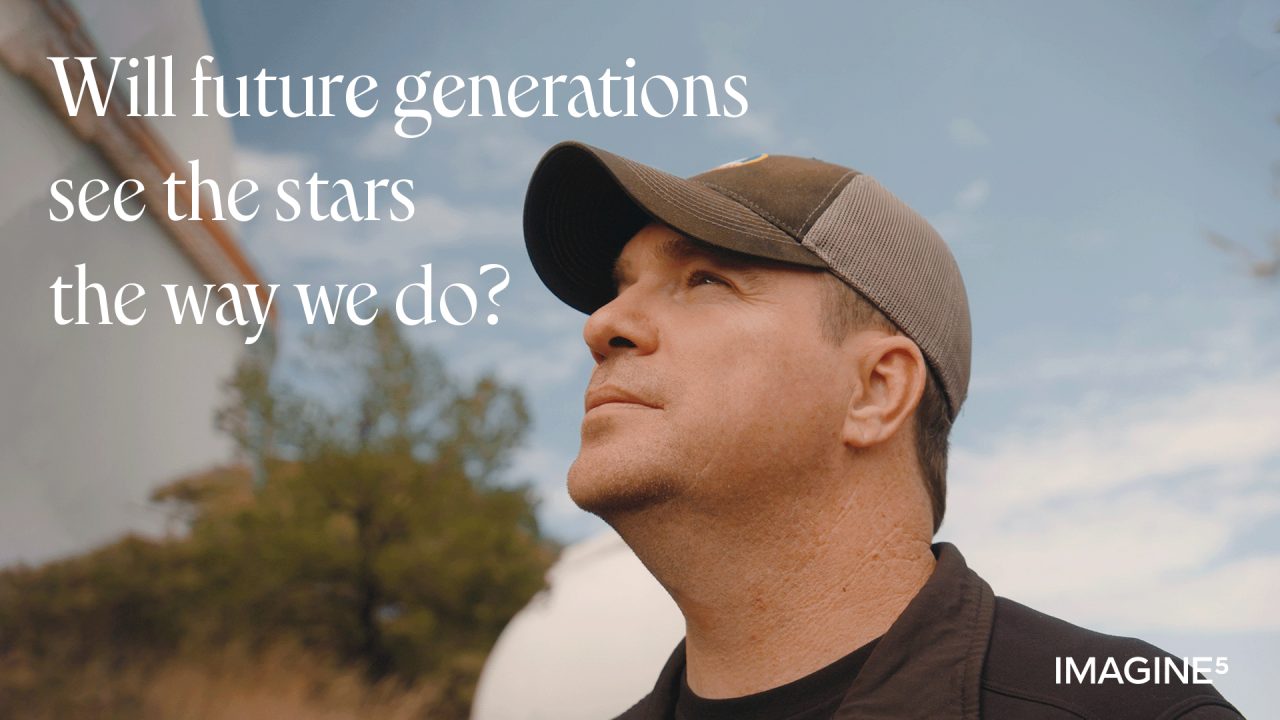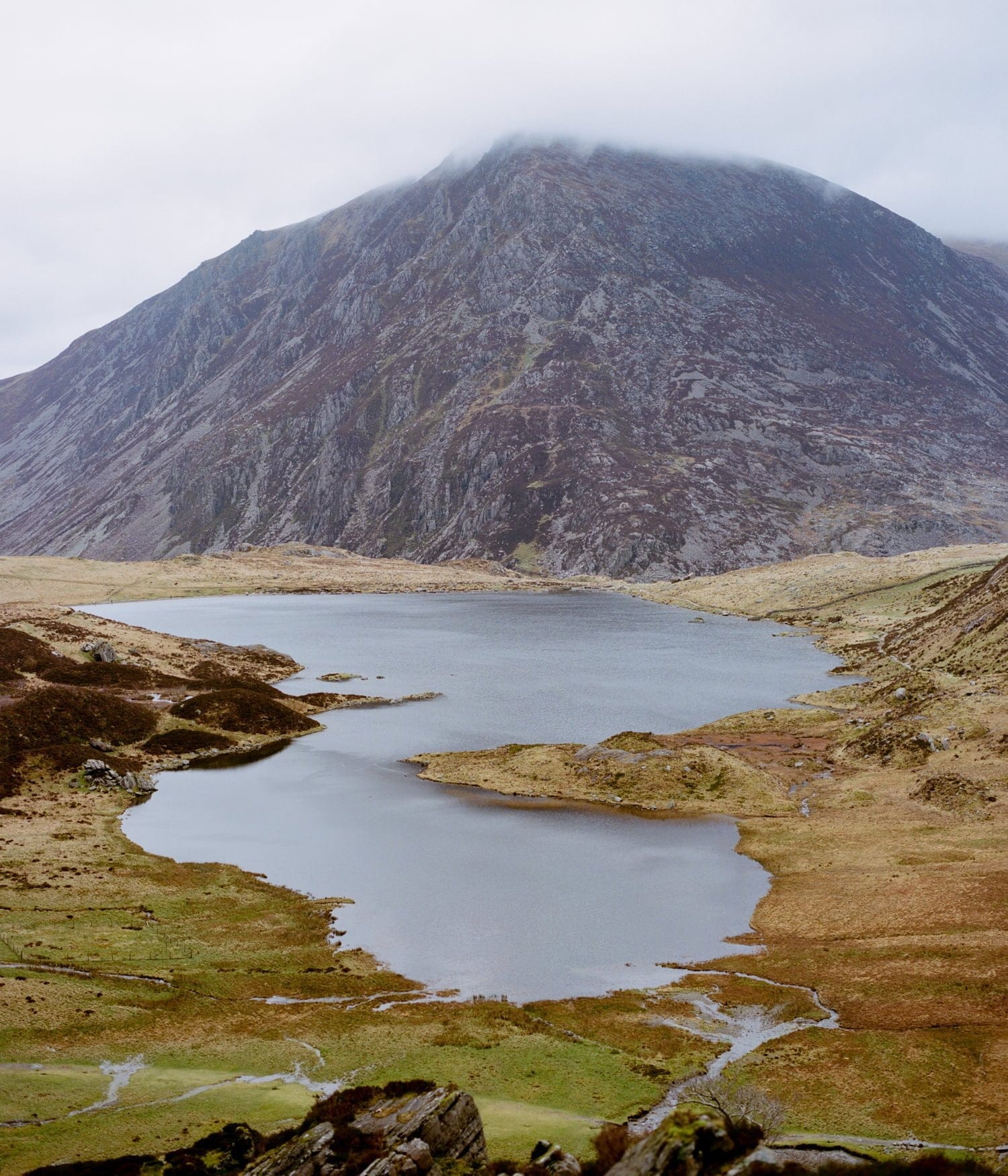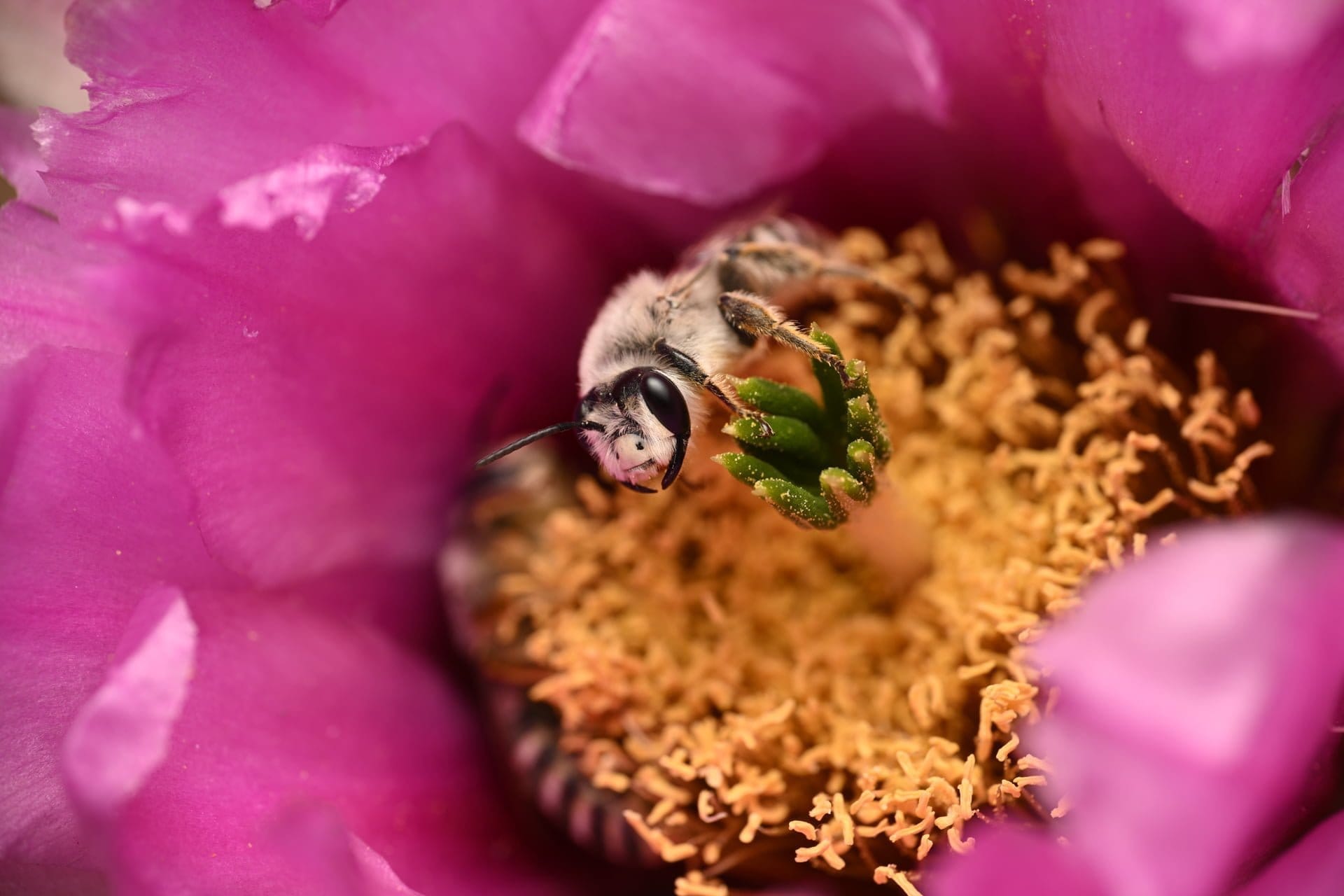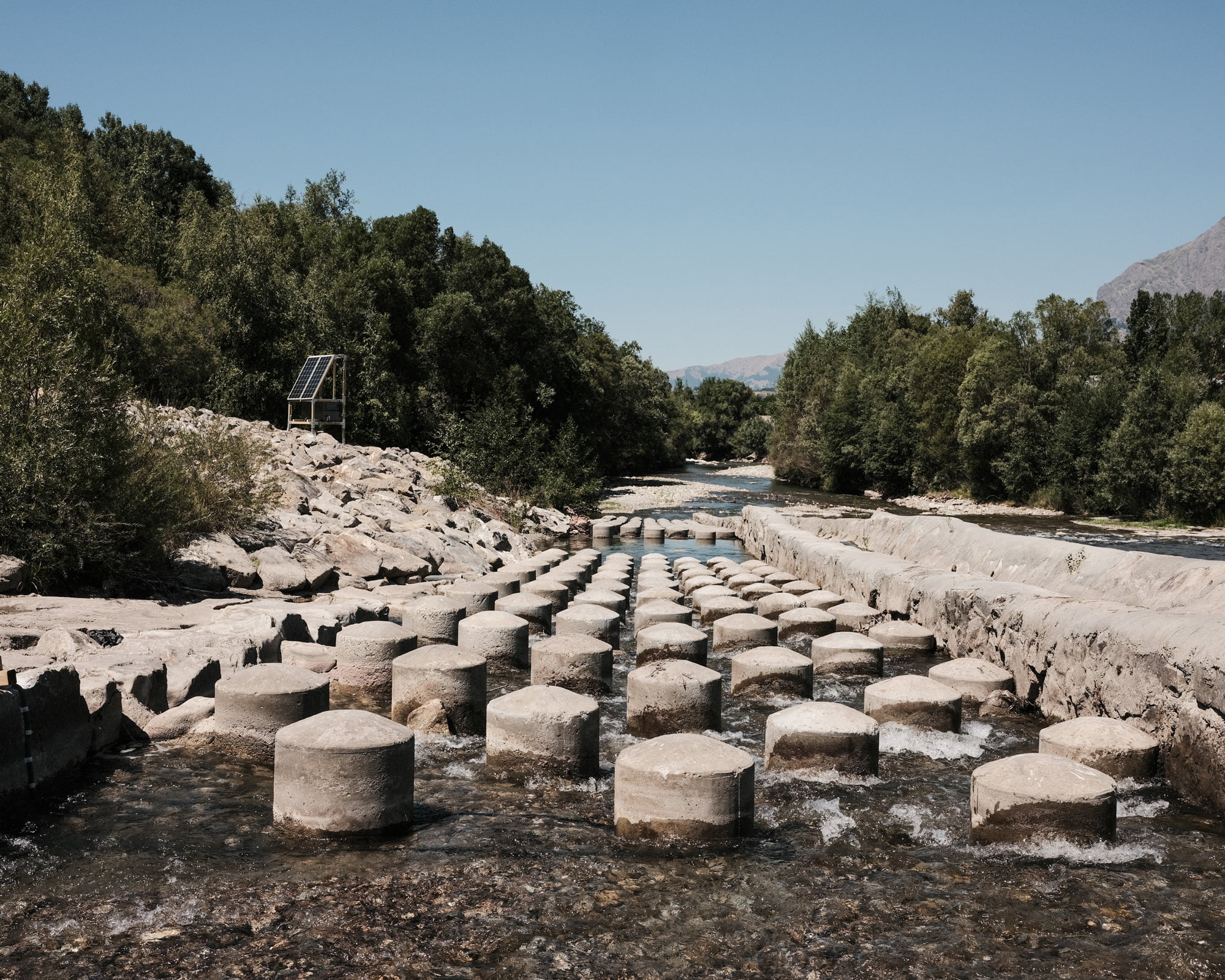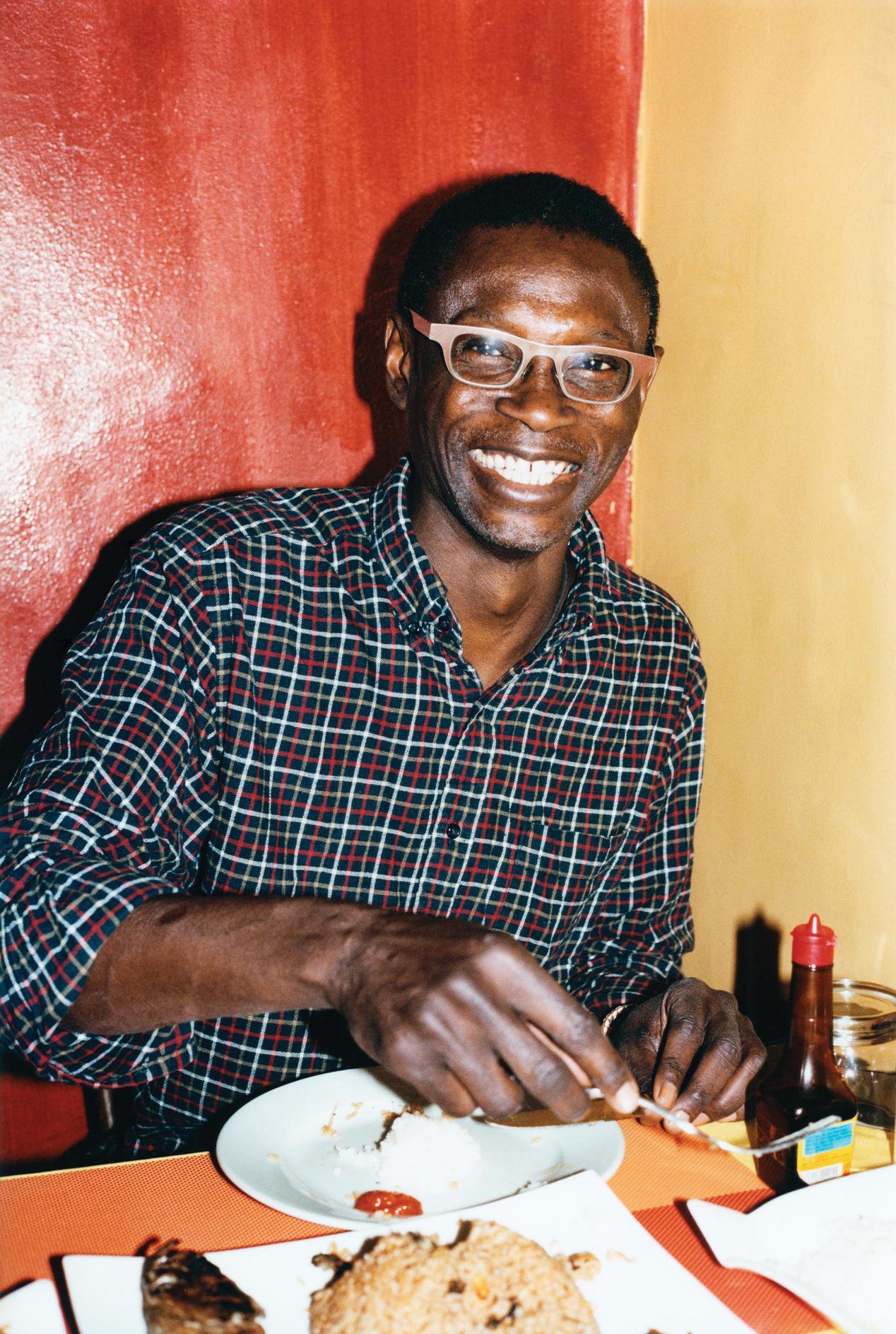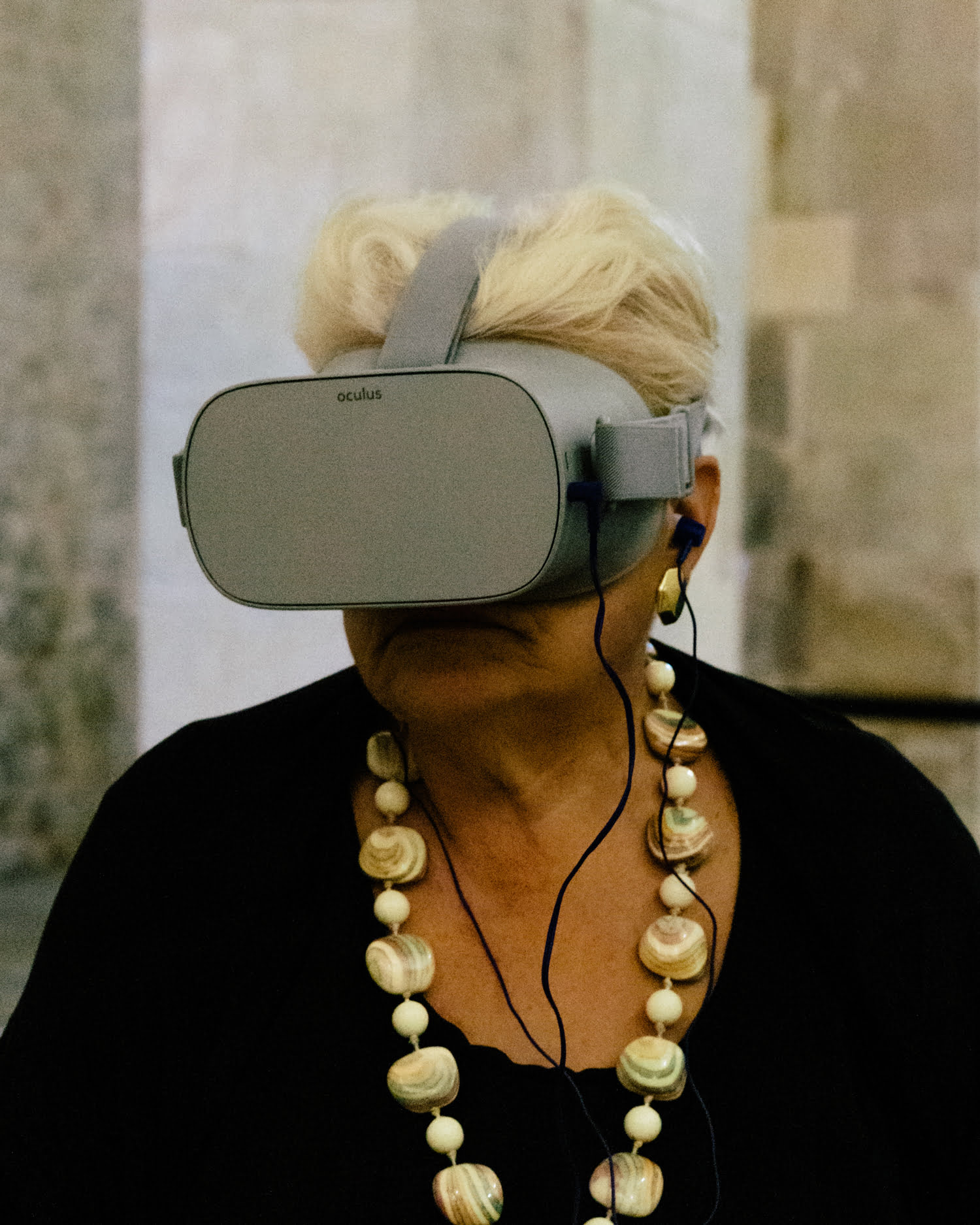Light pollution is making our skies brighter. Much brighter. In this short film, a night sky photographer imagines what the sky would look like without light pollution, and how we can reduce it.
In less than a decade, light pollution has doubled. And our night skies just keep getting brighter.
Artificial light at night is a threat to animals that need the darkness – affecting creatures ranging from bats and butterflies to salmon and sea turtles.
But it also affects us.
In this short film, photographer George Hamilton visits one of the best places on Earth to see what the night sky looks like without light pollution: The Greater Big Bend International Dark Sky Reserve. It’s the world’s biggest dark sky reserve, stretching all the way from Texas to northern Mexico.
Fighting for dark skies is important to George. After all, the night sky has been part of his life since his childhood days, when he would gaze up at the Milky Way with his dad. But he wonders how the night sky will look to future generations, and what that means for life here on Earth.
George says: “The night sky is one of the very few primal connections we have which is common throughout humanity. It can instantly become a connection between me and any human being I meet.”
How to reduce light pollution
Check your home’s outdoor lighting and find solutions for light pollution
darksky.orgTake part in the Globe at Night study of the brightness of the night sky where you live
globeatnight.orgBecome a member
We’re able to tell stories like this because of people like you. Join others from around the world in supporting Imagine5’s mission towards a sustainable future. Join today and receive our latest magazine for free.
Join now